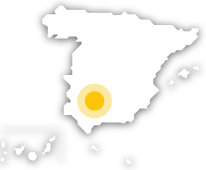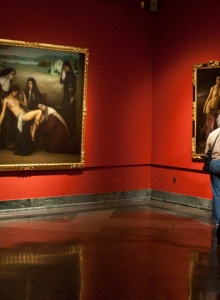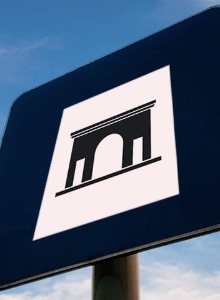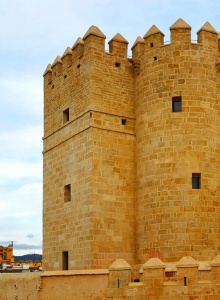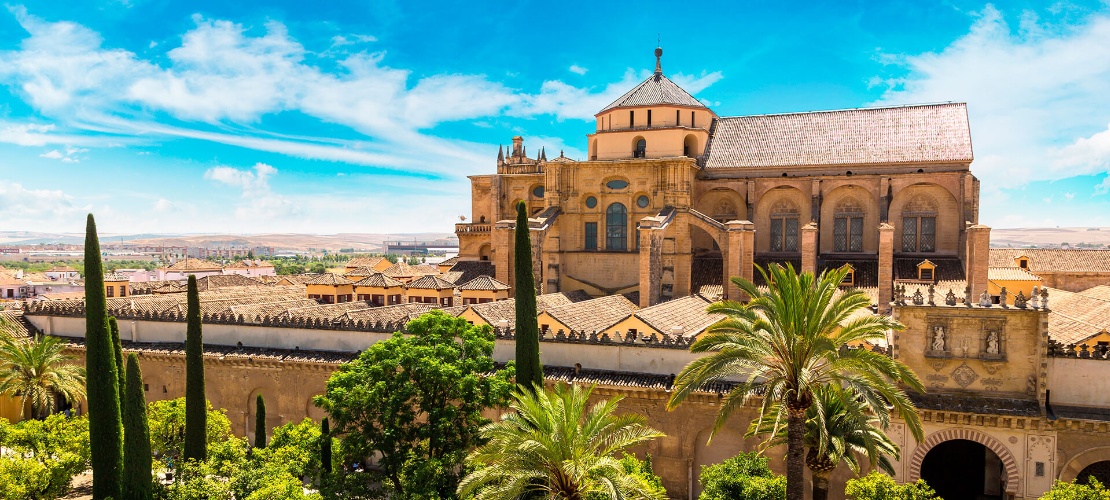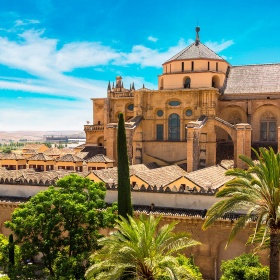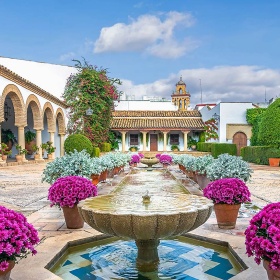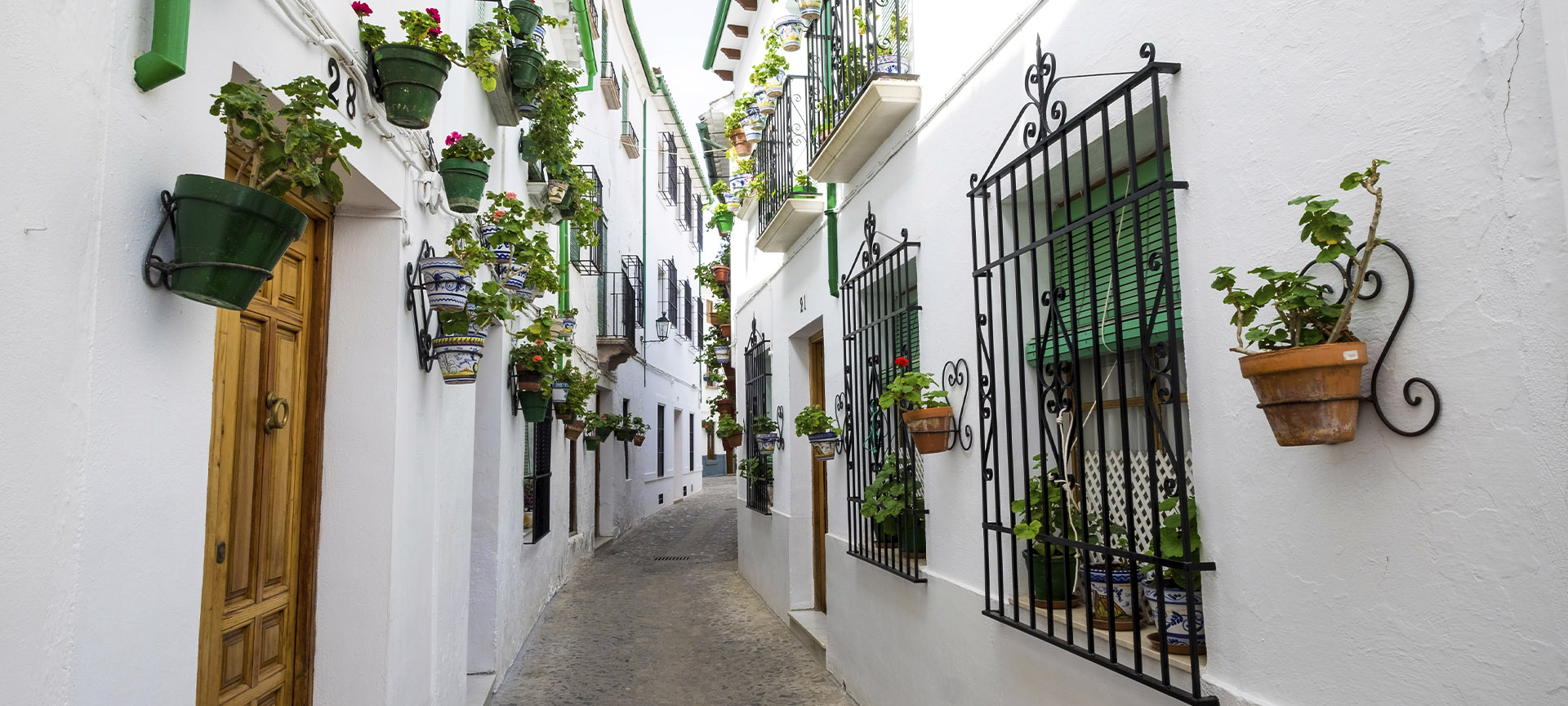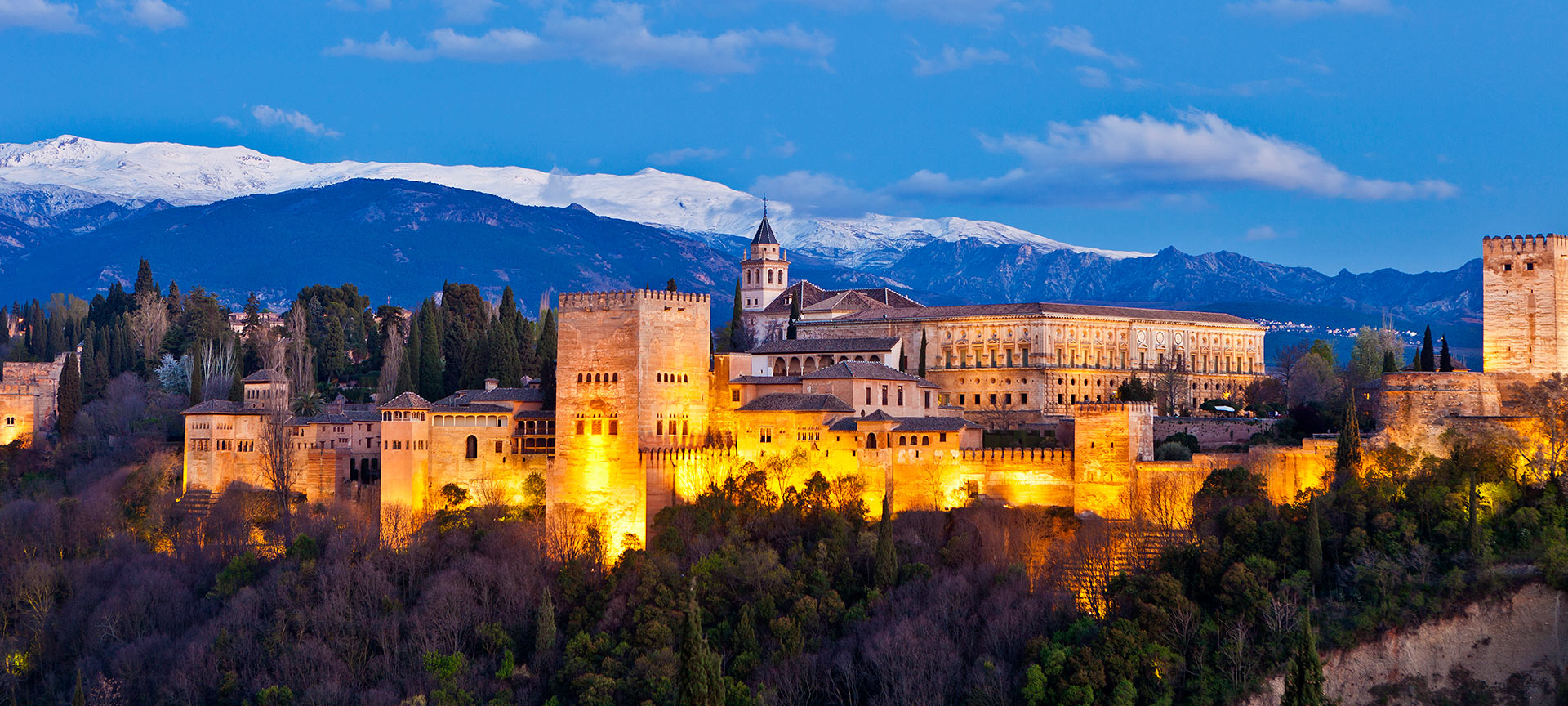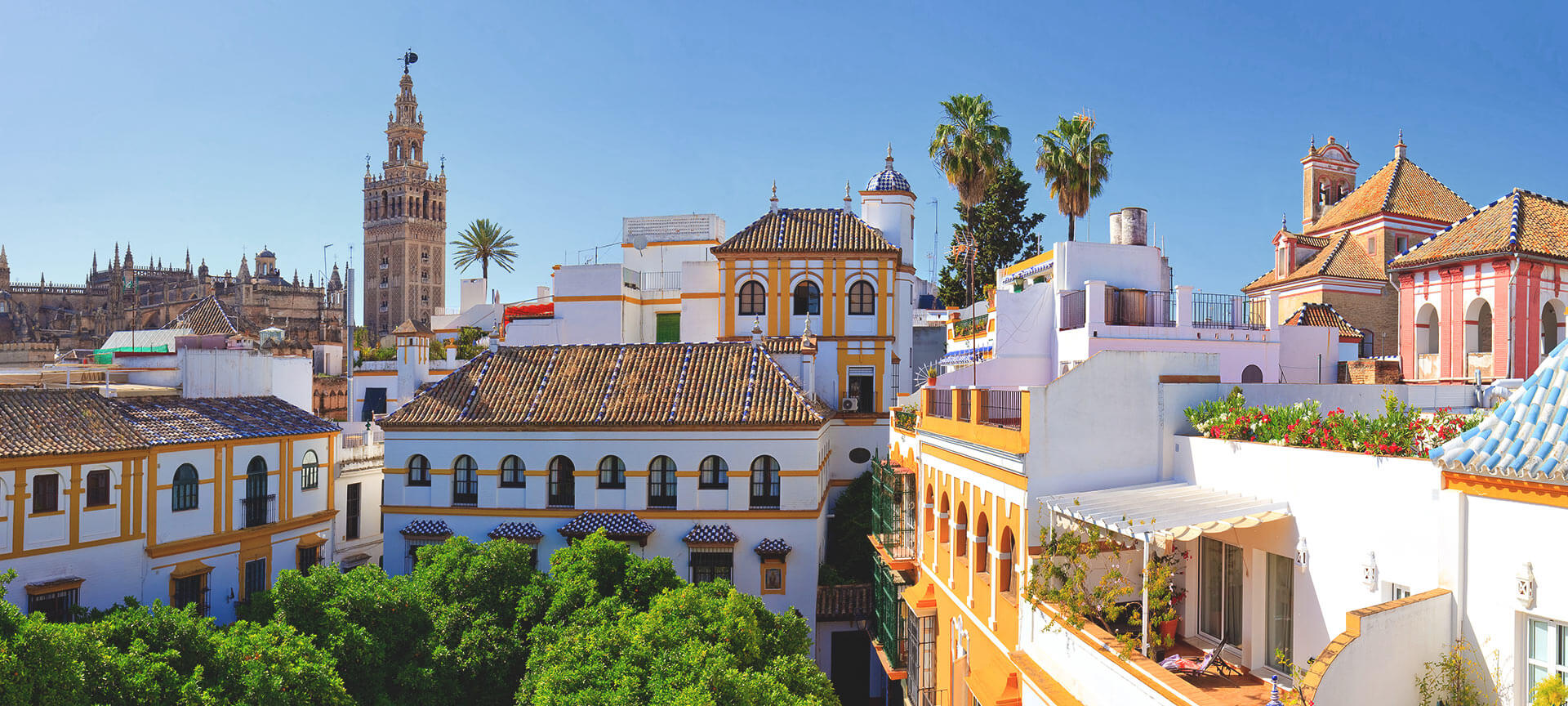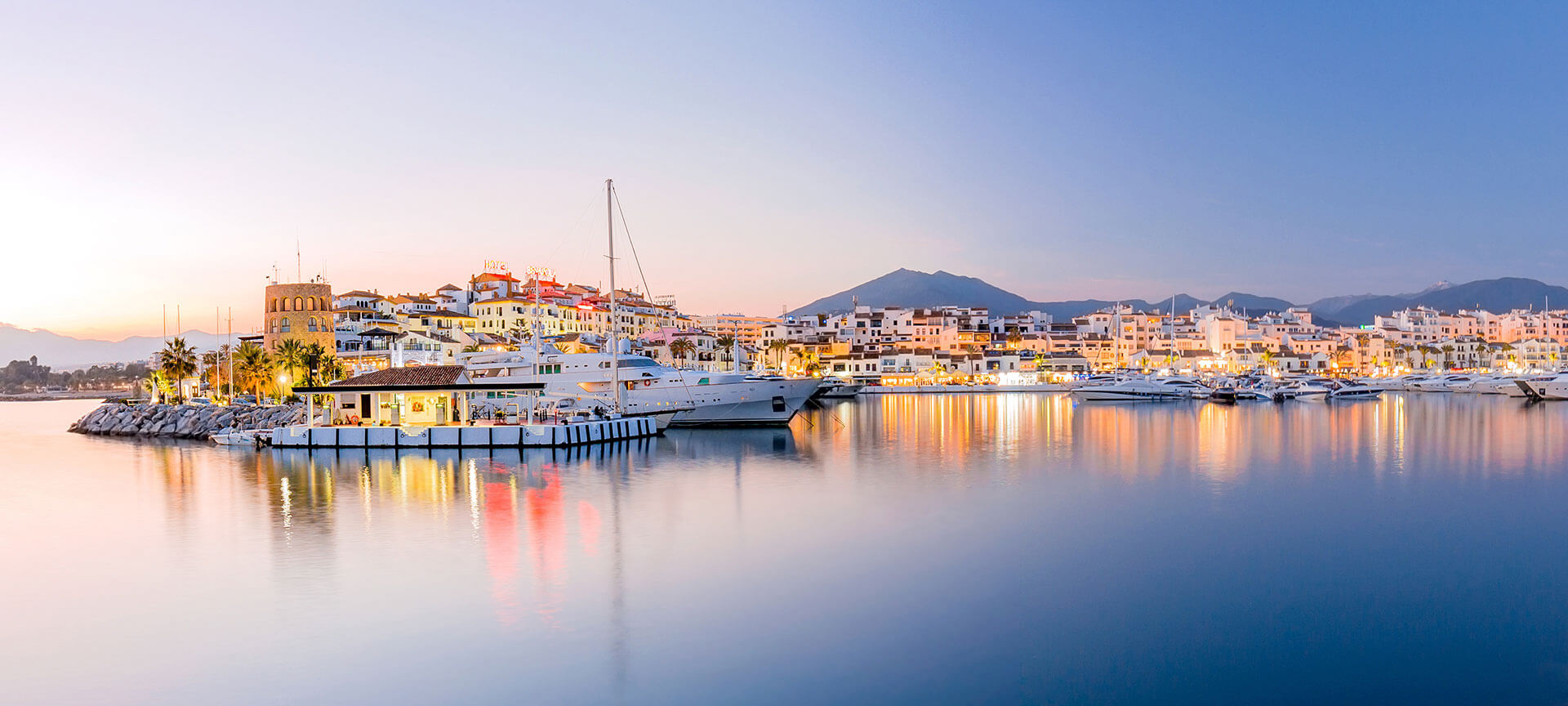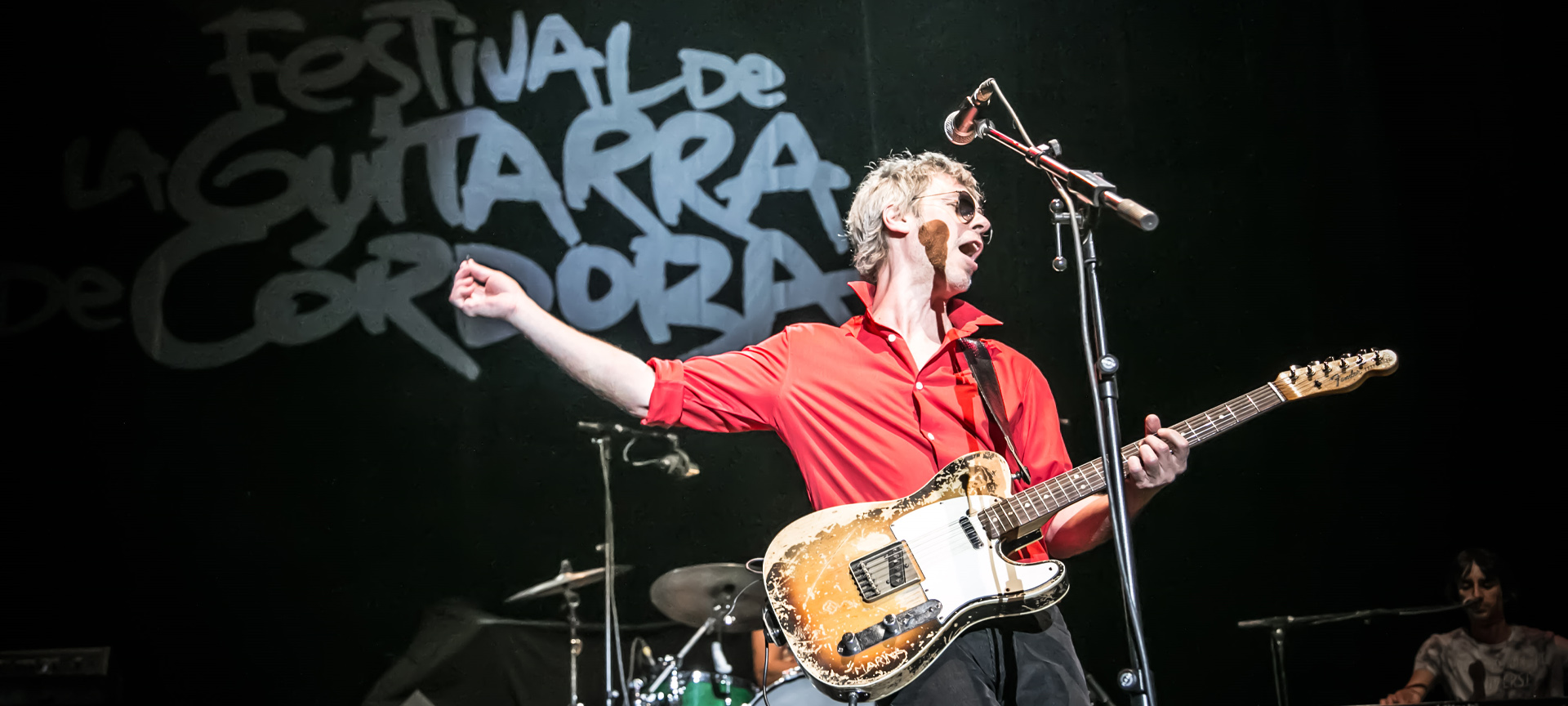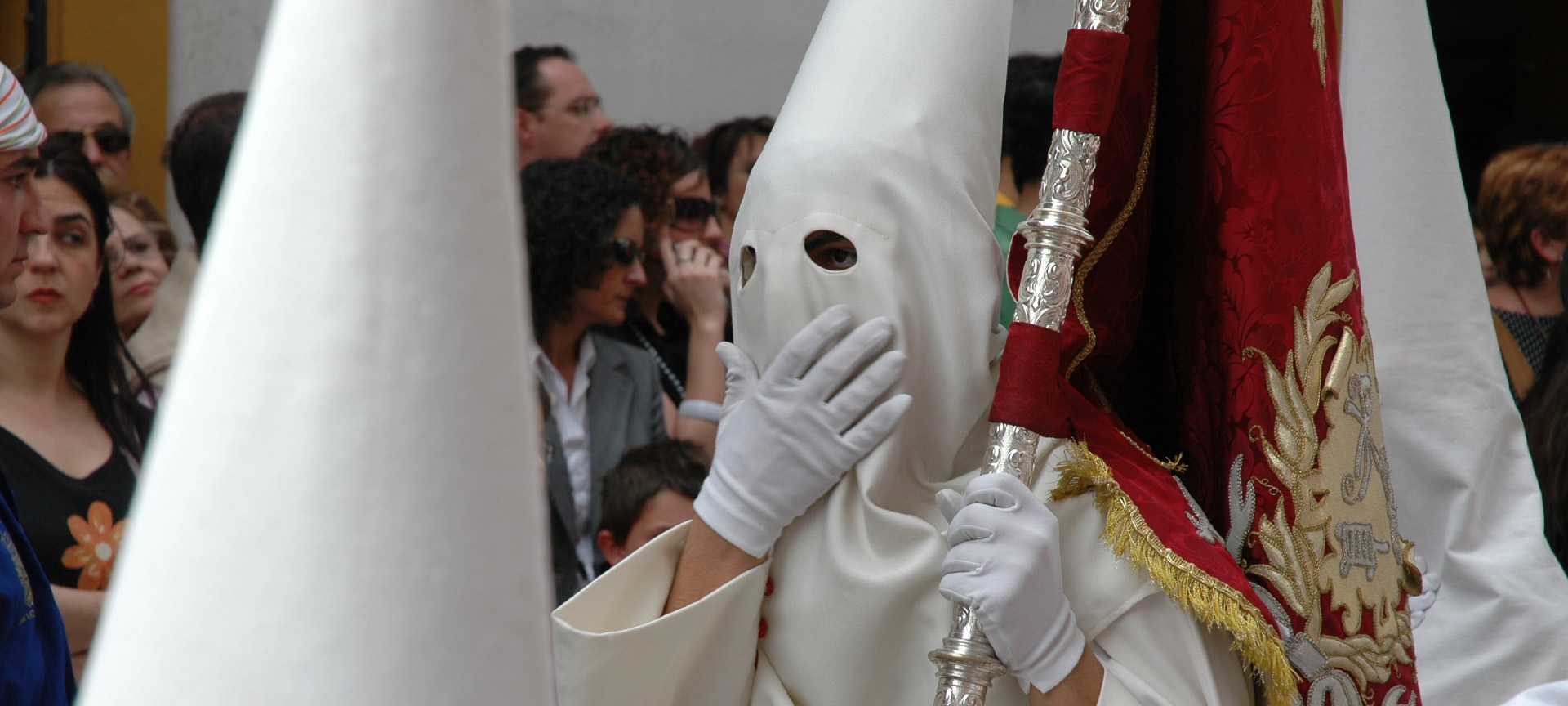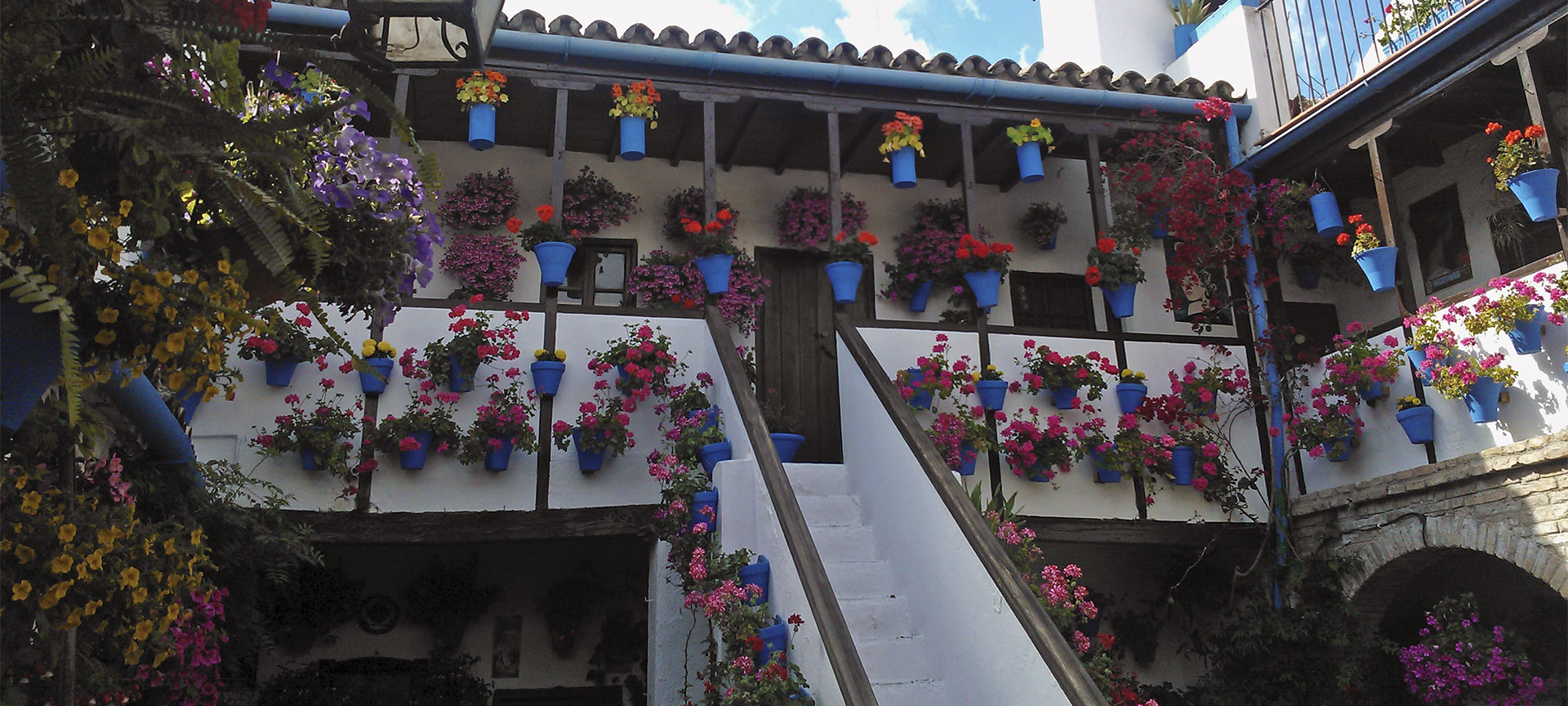
Córdoba is famous around the world for its Great Mosque. Its historic old town is a World Heritage site, full of little streets to be explored, courtyards full of flowers, inviting squares and lively taverns where you can enjoy a good flamenco performance or try the local cuisine.
It is at its best in spring, when the fragrance of jasmine and orange blossom is ever-present, especially in May, the month of many of Córdoba’s traditional fiestas.
Debe activar Javascript para poder utilizar este servicio
What to visit
Select from the list or hover over the map to find out about points of interest.
Activa JS
Other ideas for your trip
How to get there - transport information
Select the means of transport to see how to get there or how to get around at your destination.
How to get to aeroplane
-
The closest international airports are: Seville Airport, 125 kilometres. More informationMalaga Airport, 175 kilometres. More informationMadrid Airport, 400 kilometres. More information
How to get to train
-
Approximate journey times by high-speed train: Madrid-Córdoba: 1 hour 50 minutes.Seville-Córdoba: 40 minutes.Málaga-Córdoba: 50 minutes. Granada-Córdoba: 1 hour 30 minutes.Valencia-Córdoba: 3 hours and 25 minutes.Alicante-Cordoba: 5 hours.Barcelona-Córdoba: 4 hours 50 minutes.
-
The Córdoba railway station is very close to the old town and less than two kilometres from the Mezquita-Cathedral (just over a 20-minute walk). There are also several bus routes que you can take to the city centre.
How to get to bus
-
The Córdoba bus station, located practically next to the train station, is close to the historic centre, two kilometres from the Mosque-Cathedral. The journey on foot is around 25 minutes, or there are several city bus routes.
-
You can check the bus routes to Córdoba on the bus station website.
How to get there by road
-
From Madrid, via the A-4 motorway (about 400 kilometres).
-
From Seville, via the A-4 motorway (about 140 kilometres).
-
From the Costa del Sol, via the A-45 motorway (about 160 kilometres from the capital of Malaga).
-
From Valencia, along the A-3 highway and connection with A-4 through the A-43 (about 520 kilometres).
-
you can check where to park your car on the Córdoba Tourist Board website.
Practical information
-
The city is easy to explore on foot.
How to get around in bus
-
Córdoba’s city buses usually run between 6 am and 11.00 pm. On Saturdays and Sundays, most lines start half an hour earlier and end 30 to 60 minutes later than their regular schedule. More information
-
There is a bus from Córdoba to Medina Azahara, with daily departures from Tuesday to Sunday at 10:00 a.m. and 10:45 a.m. Additional services are usually organised on weekends and holidays. More information
-
There is also a tourist bus running through the centre of Córdoba from 9:30 a.m. to 5:00 p.m. More information
How to get around in other means of transport
-
Córdoba taxis are white with their official number marked on the door. More information
-
An original way to see Cordoba is from a horse-drawn carriage. You can find these opposite the Mosque-Cathedral, next to the Alcázar de los Reyes Cristianos, and at the Glorieta de la Cruz Roja (Red Cross roundabout). More information
Shows, festivals, sports...
View some of the most relevant events you will be able to enjoy at the destination.
